If you’re new to wire-wrapping, you may be feeling a little overwhelmed in regards to wire – that’s totally normal.
In this blog post, I discuss the different types of wire for jewelry making, wire gauge and the best sizes for wire jewelry, wire hardness and wire shapes.
Once you feel more confident with wire, you can move on to learning some simple wire wrapping techniques 🙂
Looking for simple wire-wrapping techniques?
Click here to see all PRINTABLE wire-wrapping tutorials for beginners
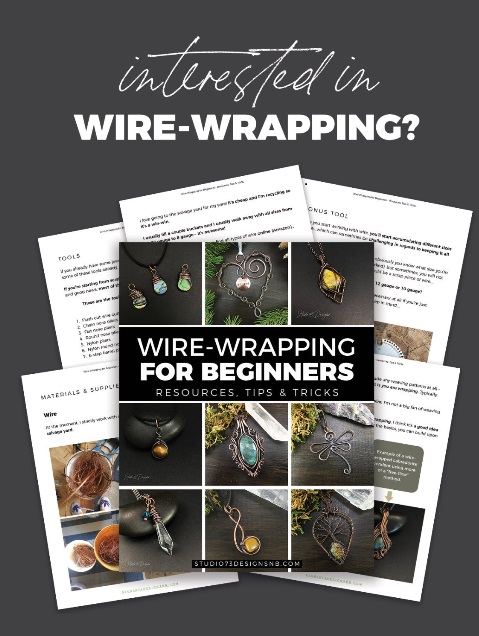
FREE WIRE-WRAPPING GUIDE TO YOUR EMAIL!
JOIN NEWSLETTER
We respect your privacy. Unsubscribe at anytime.
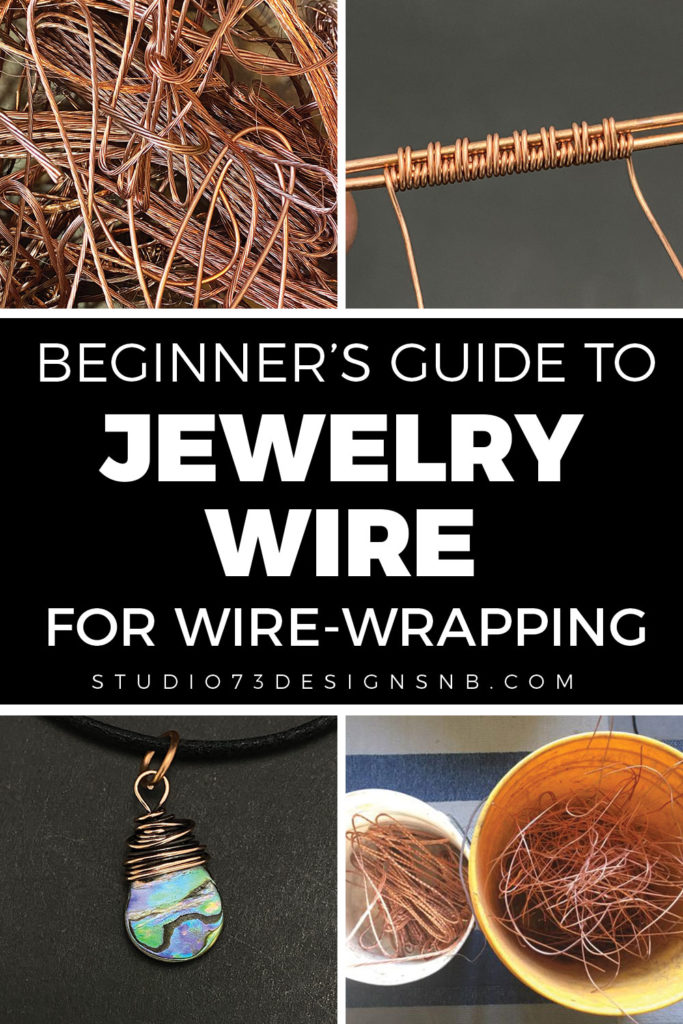
Types of Wire for Wrapping Stones
Both base metal and precious metal wires are used in wire-wrapping. If you’re a beginner, you’ll want to stick with the base metal wires.
Please note that beading wire is not appropriate for wire-wrapping.
Base Metals
Base metal wire is way more economical than precious metal wire which makes it ideal for beginners.
The base metals that I am discussing in this blog post are: copper wire, brass wire, and Artistic wire.
Copper Wire
Copper wire is my favorite wire for wire-wrapping.
When I first started wire-wrapping, I bought bare copper wire at my local hardware store. I bought 18 gauge and 24 gauge which was enough to get started.
Copper wire is also widely available online. If you want “real” copper wire, make sure that it’s labelled as either “bare”, “raw” or “pure”.
Please note that bare copper wire will tarnish over time. Personally I love the “antique” look.
If you’re interested in this too, please check out my blog post “How to use Liver of Sulfur as Copper Patina”.
Brass Wire
Brass wire is a “yellow-ish” wire and is similar in cost to copper wire.
Brass is also prone to tarnishing (like copper wire). Some jewelry makers like the look of antiqued brass.
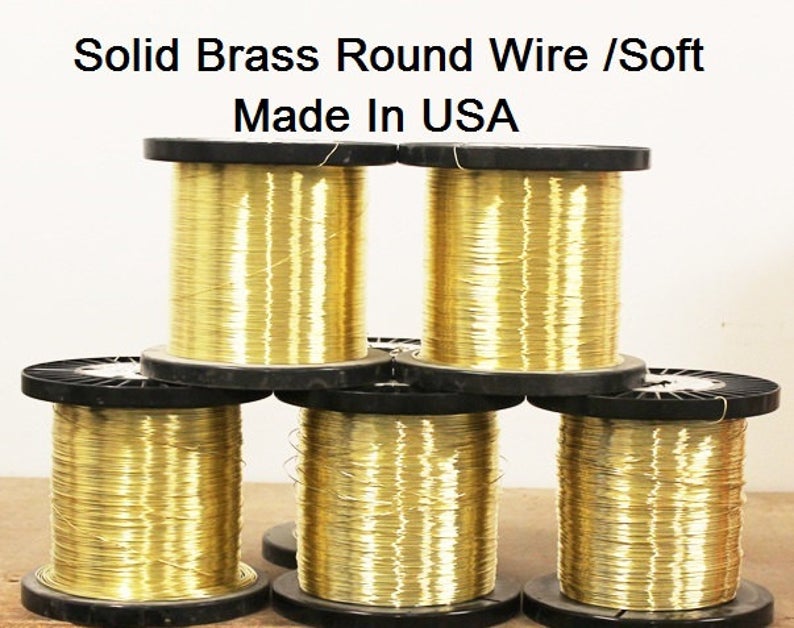
Craft Wire or Artistic Wire
Craft wire and artistic wire are used interchangeably – “Artistic Wire” is a brand name.
It’s available in a variety of colors & gauges, and is perfect for making wire-wrapped jewelry because it’s dead soft (see below for more info on Wire Hardness).
If you’re looking for silver-plated wire or gold-plated wire, this is what you need.
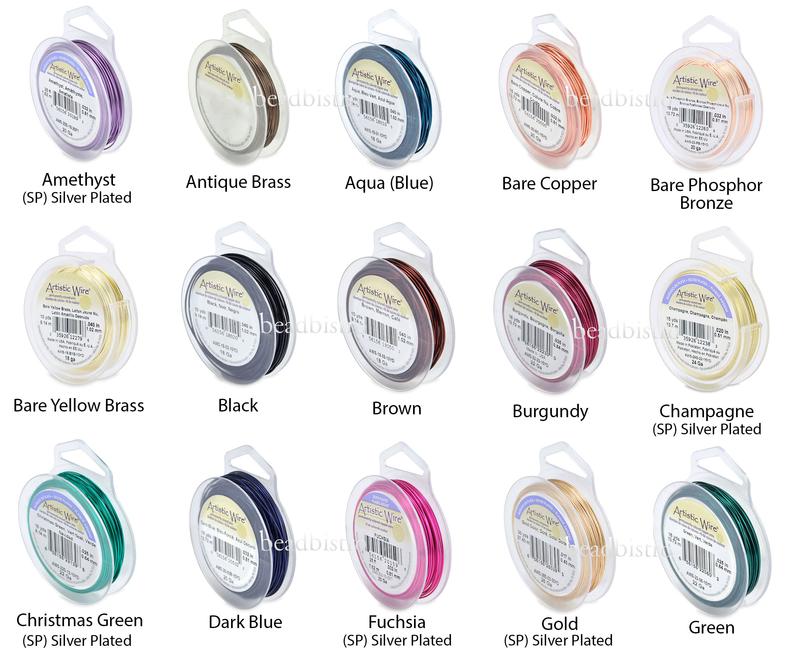
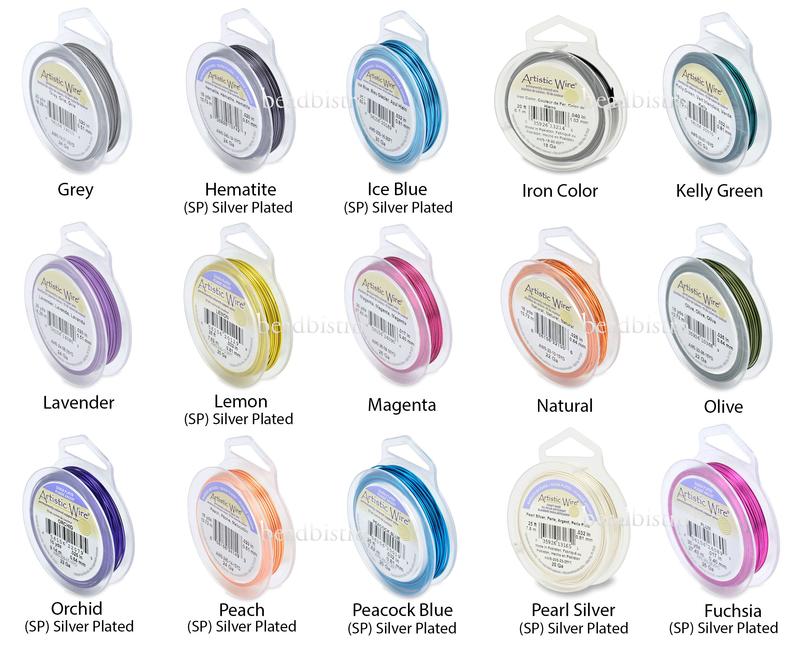
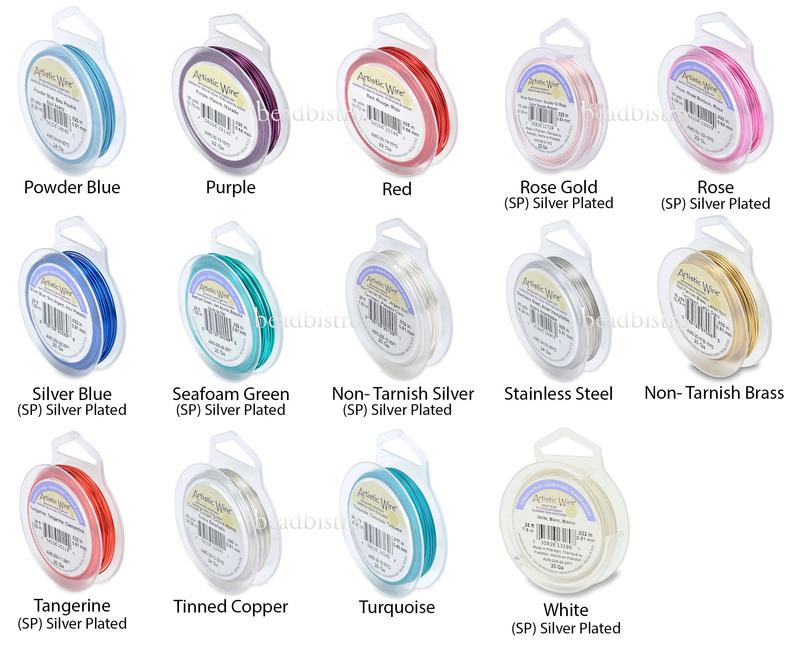
Precious Metals
Jewelry wire is also available in sterling silver, fine silver and gold.
If you’re just starting out, I would recommend getting some experience before moving on to precious metals, mainly because of the price difference.
Looking for simple wire-wrapping techniques?
Click here to see all PRINTABLE wire-wrapping tutorials for beginners
RELATED CONTENT
- Ultimate Guide to Wire Jewelry Making for Beginners
- Wire-Wrapping Tools & Supplies for Beginners
- Wire-Wrapping Tutorials: 17 DIY Wire-Wrapped Earrings
- How to Anneal Copper Wire
- How to Make Jump Rings
Wire Gauge
The thickness of your wire is measured by gauge.
Basically the higher the number is, the thinner the wire is – and vice versa. The lower the number is, the thicker the wire is.
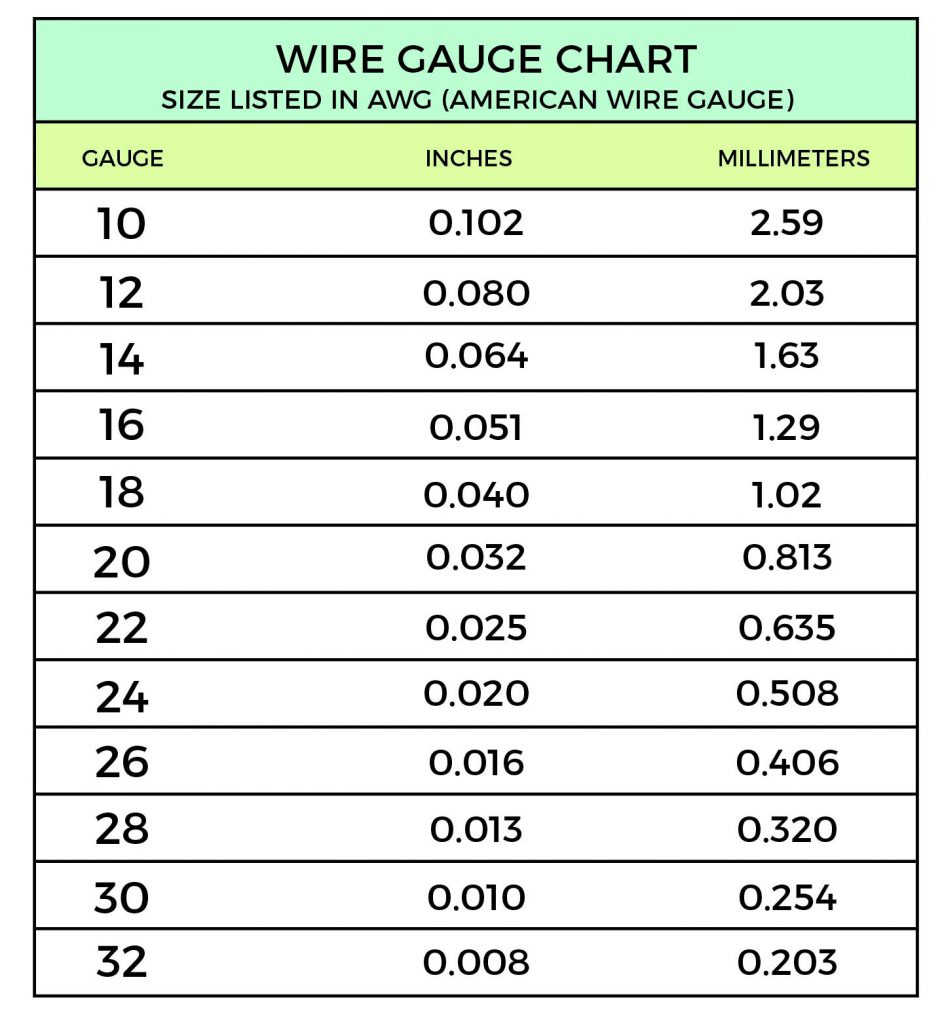
Which size of wire should I use in my wire jewelry?
Sometimes it’s hard to know what size wire to use in your projects. Fortunately, the majority of tutorials will have a list of wire gauges used.
If you’re just winging it, the best advice I can give you is to “EXPERIMENT”! See what works for you – there will be some trial and error, but you’ll soon figure it out.
Here are the most common uses of wire in jewelry making:
12 gauge
- Solid cuff bracelets or bangles
- Frames
14 gauge
- Heavy books & clasps
- Light bangles and cuffs
- Rings
- Frames
16 gauge
- Thick jump rings
- Hook clasps
- Frames
18 gauge
- Jump rings
- Head & Eye Pins
- Simple bead links
- Heavier ear wires
- Bails
- Frames
20 gauge
- Smaller jump rings
- Head & Eye Pins
- Simple bead links
- Heavier bead links
- Lighter hooks & clasps
- Ear wires
22 gauge
- Head & Eye Pins
- Wrapped bead links
- Ear wire
24 gauge
- Weaving
- Small head & eye Pins
- Bead links
- Small jump rings
- Coiling
26 gauge
- Weaving
- Wire Knitting
- Coiling
Wire Hardness
Wire hardness refers to the stiffness or malleability of the wire and falls in one of three categories: dead soft, half hard, and full hard.
Dead Soft
Dead soft wire is the easiest to bend which makes it ideal for a number of applications.
For beginners who are learning how to wire-wrap, dead soft wire is the best to start with.
Half Hard
Half hard wire is softer than hard but still has some spring to it. It is ideal for ear wires, jump rings and links.
Hard
Very difficult to shape and not used much in jewelry making.
Wire Shapes
The three most popular wire shapes are: round, half-round and square.
Each of these shapes can offer interesting results. Once again, EXPERIMENT.
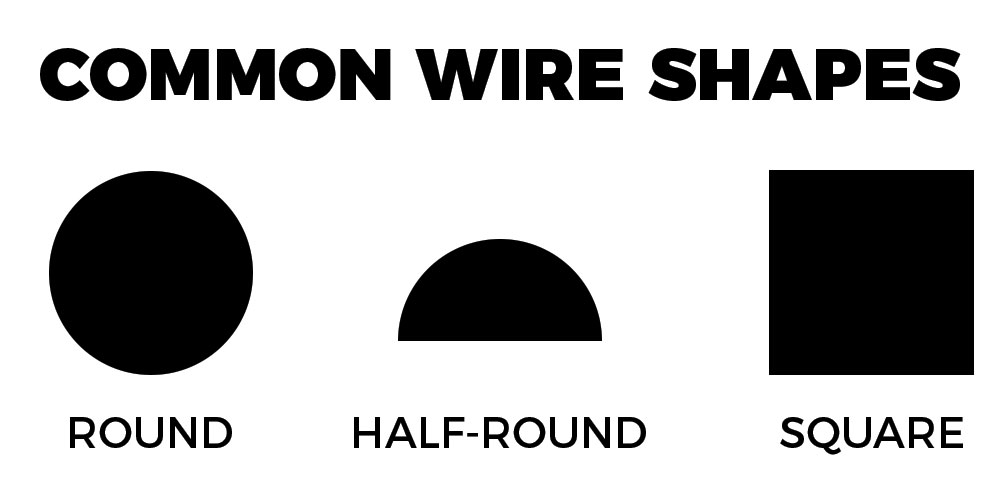
Round Wire
Round wire is the most common shape of wire that is available.
It can’t be “twisted” because it is already round. This effect can be achieved by simply using two strands of wire.
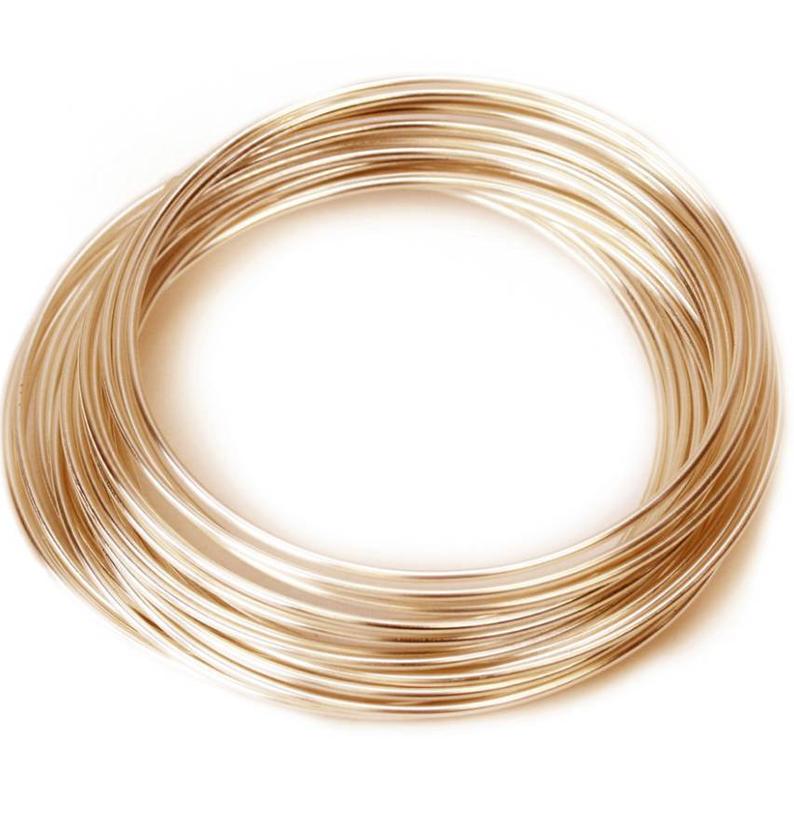
Square Wire
I love the look of square wire – it offers a very unique look in finished wire-wrapped jewelry. The flat sides allow it to lay flush, unlike round wire.
Square wire is typically more expensive than round wire.
Half-Round Wire
Half-round wire is typically used to bind several strands of square wire. It has one flat side which can lay flush, and a domed side.
Want to Support me?
If you enjoyed my content, please consider support me on Patreon:). This helps me to create more amazing free content to share with you 🙂
If you’d like to see my work and follow my wire journey, you can find me here:
Facebook
Instagram
Twitter
Pinterest
YouTube
Etsy

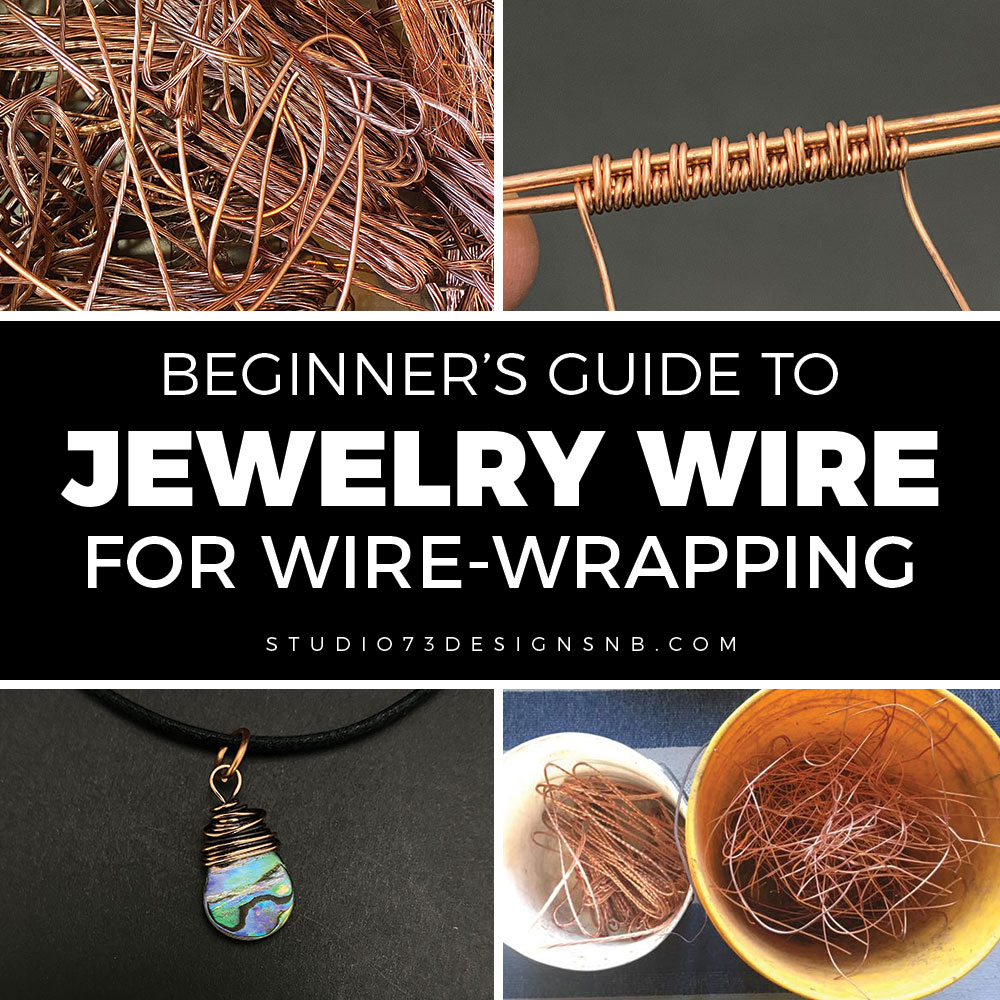

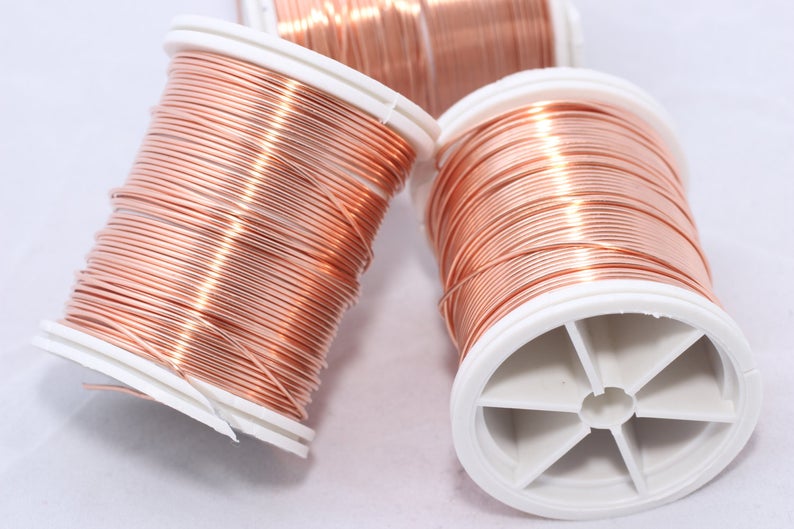
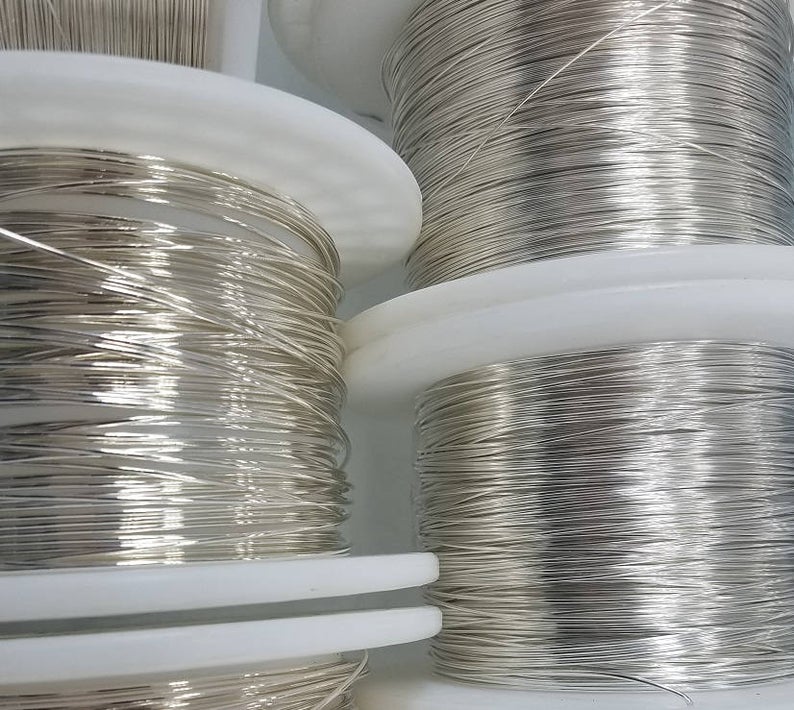
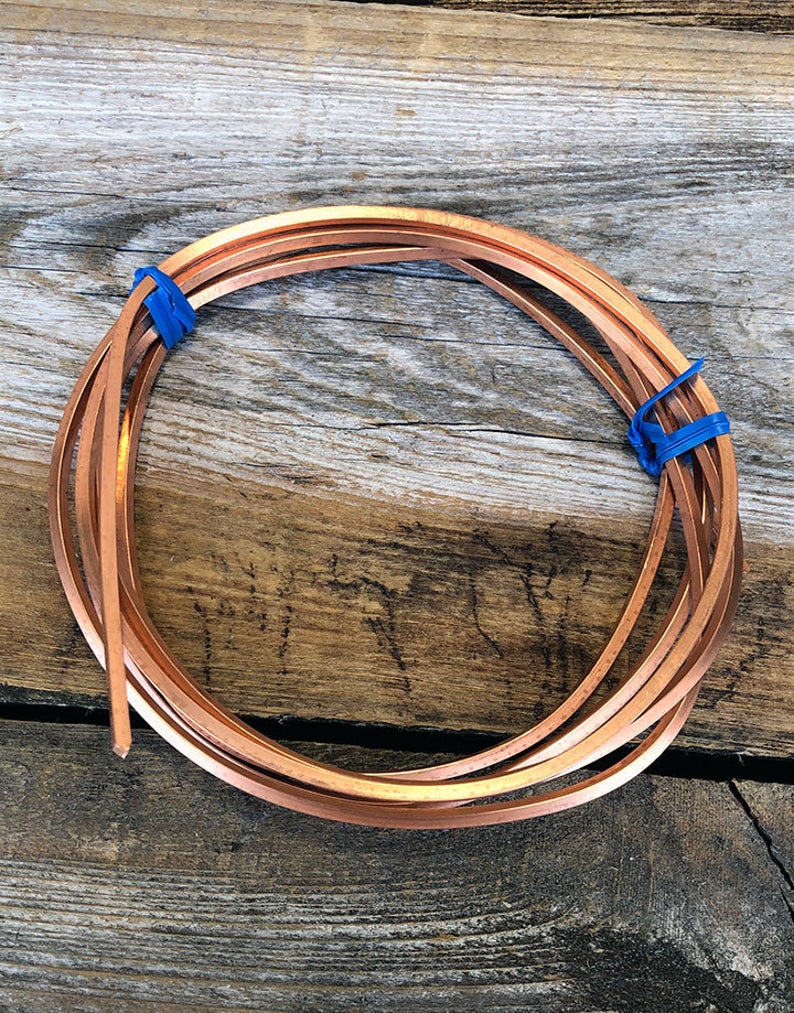
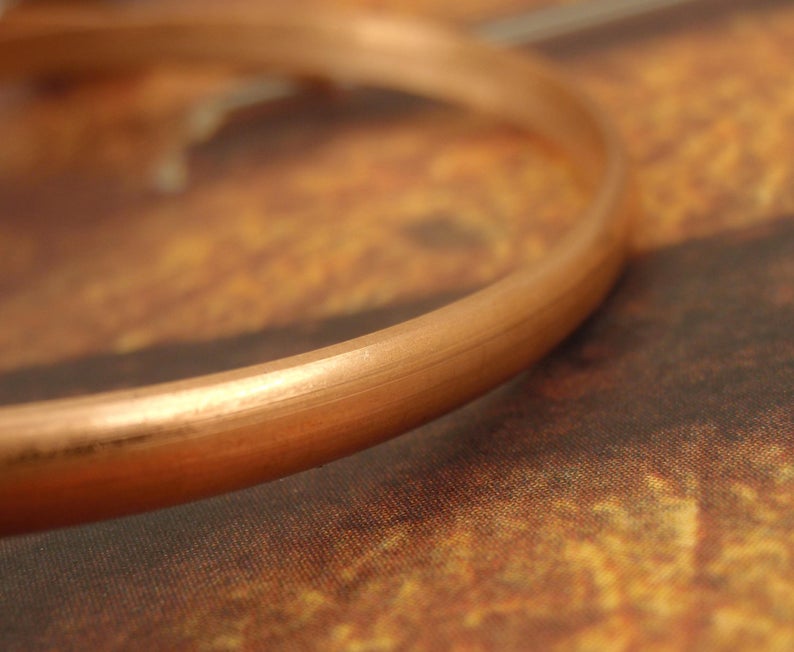
[…] Beginner’s Guide to Jewelry Wire for Wire-Wrapping […]